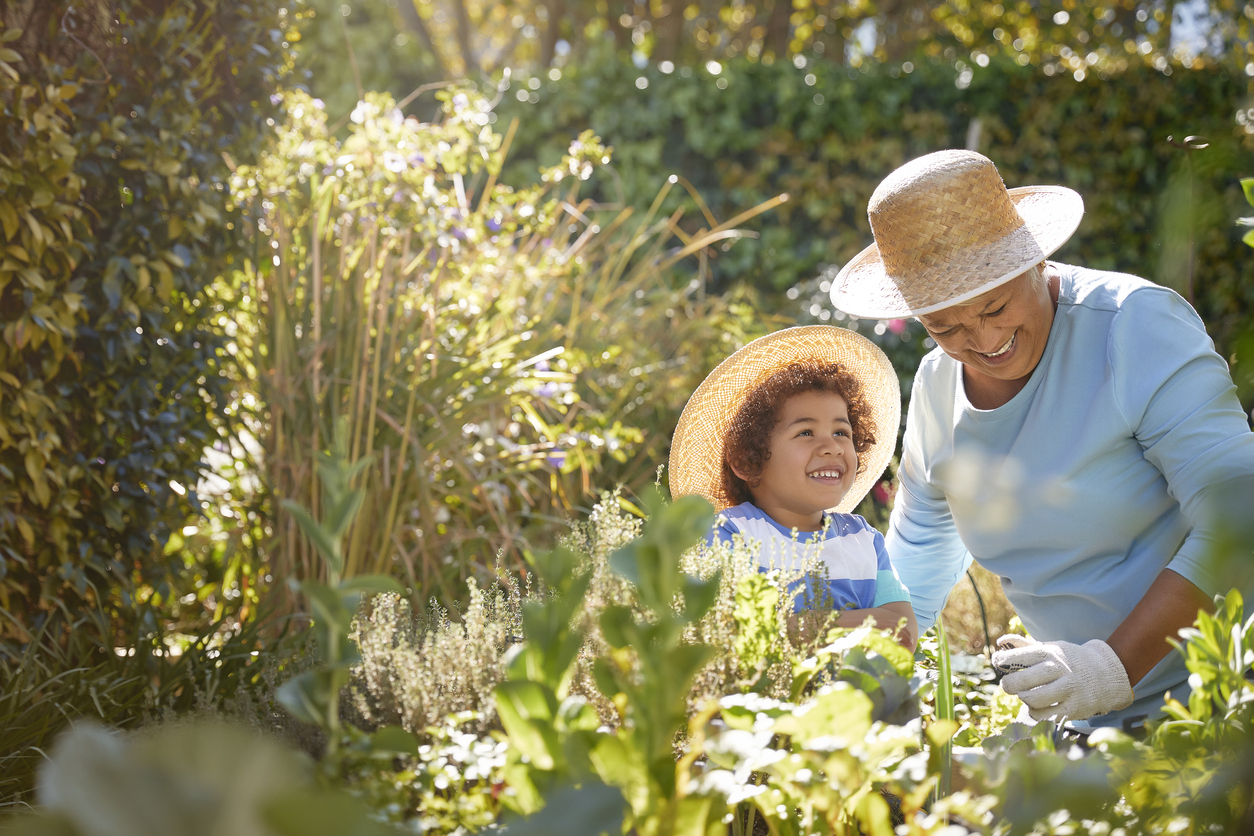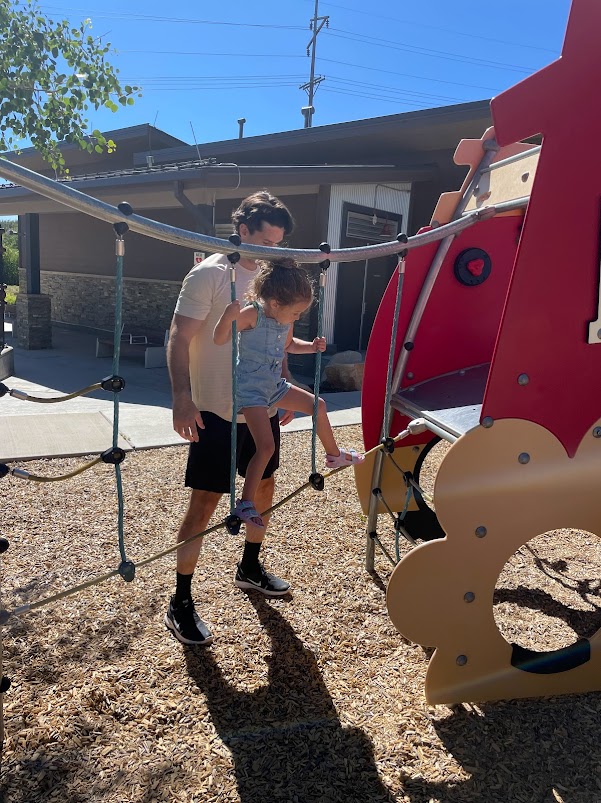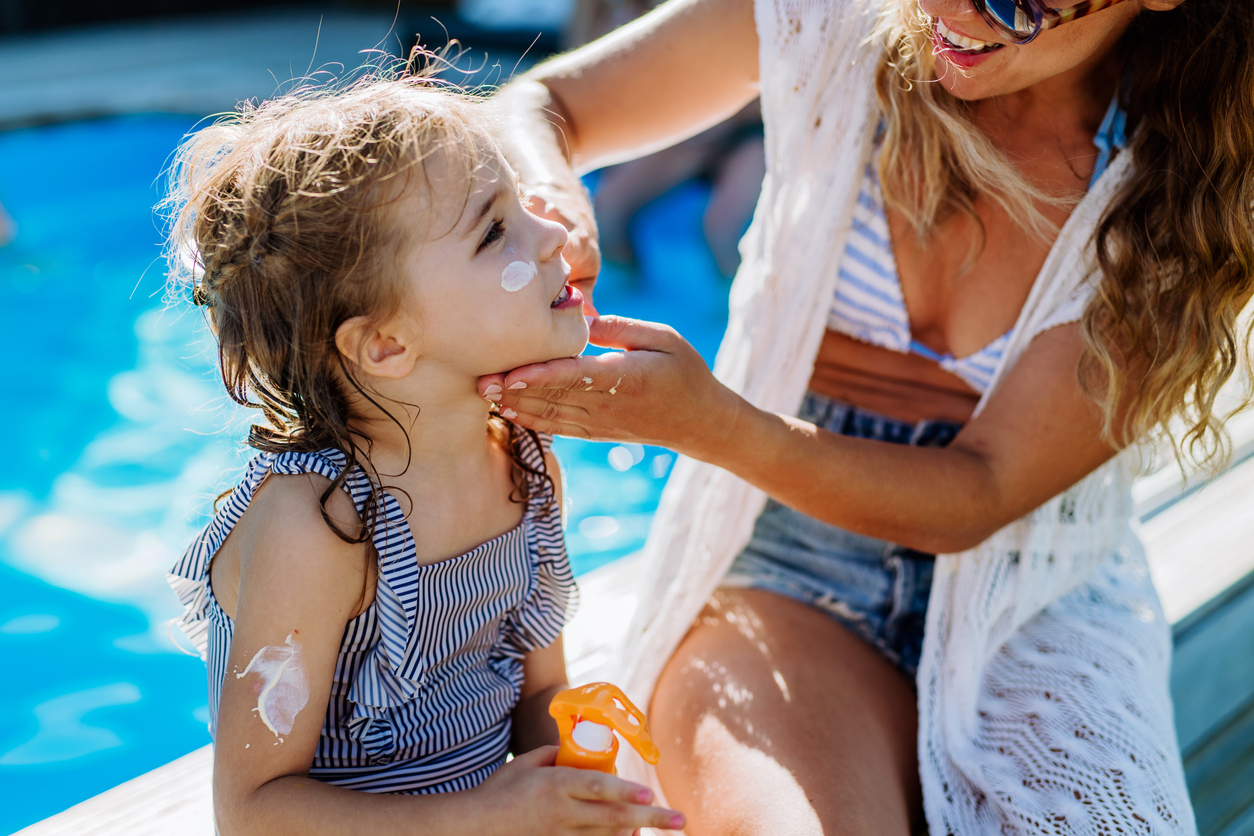8 Ways You Can Make Your Backyard Kid Friendly

Making your backyard into a kid-friendly paradise might sound like a massive endeavor, but planning and using your imagination makes it more attainable than you may believe. In addition to providing entertainment and leisure activities, an effectively planned backyard presents abundant opportunities for children’s imaginations to blossom. It ensures a safe environment to cultivate their passion for outdoor exploration. Safety, however, is paramount. Equally important is ensuring the space is comfortable and free from pesky pests like mosquitoes and ticks. So, how can you achieve this kid-friendly, bug-free backyard haven? Here are eight effective tips to help you make that transformation.
1. Prioritize Safety Measures
First and foremost, a safe backyard is a kid-friendly backyard. From cushioning hard surfaces, and setting up secure play equipment, to fencing off potential danger zones such as pools or grills, there’s a lot you can do to avoid accidental injuries. Remove any poisonous plants and ensure your backyard is well-lit to minimize the risks of darkness. Regular maintenance of outdoor equipment is a must to avoid any accidents.
2. Install a Swing Set or a Playhouse

Swing sets or playhouses are a significant draw for children and can serve as the centerpiece of your backyard. Ensure these are securely installed and offer ample space for safe play. Regularly inspect these structures for any sharp edges or loose parts.
3. Create a Natural Playscape

Encourage exploration and creativity by designing a natural playscape. This could include a small hill for rolling down, a sandpit for digging, or a garden area where they can learn about plants and insects. These simple elements will keep them engaged and entertained.
4. Set Up a Picnic or Craft Area
Designate an area where kids can enjoy meals, arts, and crafts. A simple picnic table or a DIY tent can add a special touch. Make sure this area is well-shaded and comfortable.
5. Develop a Kid-Friendly Garden

Planting a garden can be a fun and educational activity. Choose plants that are non-toxic, robust, and easy to care for. Allow the kids to have their sections to plant, water, and watch their plants grow.
6. Pest Control is Key
Bugs, especially mosquitoes, and ticks, can turn any fun backyard experience into a nightmare. Regularly clean up fallen leaves and debris, ensure no standing water, and consider natural pest control methods such as planting lemongrass or citronella. You can also hire a professional pest control service for thorough treatment.
7. Incorporate Educational Elements

Make your backyard a place of learning by integrating educational elements. This could include a bird feeder, weather station, or a mini outdoor library. This stimulates curiosity and a love for learning in a relaxed environment.
8. Install Outdoor Lighting

Adding outdoor lighting makes the backyard safer and extends the hours of play. Solar-powered lights are a great eco-friendly option and can be installed along pathways or around play areas.
Common Mistakes Grand Parents and Parents Make With Backyards
When setting up a kid-friendly backyard, the intentions are usually pure. However, even the most well-meaning parents and grandparents can overlook specific details, leading to common mistakes. Here are a few to avoid:
1. Overlooking Potential Hazards
The most glaring mistake parents and grandparents often make is not thoroughly assessing potential hazards in the backyard. While sharp tools, deep water bodies, or an unstable treehouse might draw immediate attention, less obvious dangers often go unnoticed. For instance, toxic plants that look harmless can pose severe risks if ingested by a curious child. Similarly, small objects like pebbles or toys left scattered around can become choking hazards for younger kids. To avoid this mistake, consider everything from a child’s perspective, conducting a thorough inspection to identify and eliminate potential risks.
2. Neglecting Regular Maintenance
A playset may initially be set up safely, but over time, screws can loosen, wood can rot, and swings can fray. A fence that was strong a few years ago might now have loose panels or rusted, sharp edges. Grass can overgrow, providing perfect habitats for pests like ticks. Regular maintenance checks ensure everything remains in safe, working order. This also means keeping the yard clean, debris-free and well-trimmed to reduce pest infestations.
3. Assuming Supervision Isn’t Required

Even after setting up the safest backyard, it’s a mistake to assume that kids no longer require supervision. Accidents can happen in the blink of an eye, and sometimes, the hazards aren’t from the backyard itself. Kids can sometimes use objects in unexpected ways that can lead to accidents. For example, a stick could become an impromptu sword leading to injury, or a curious child might decide to explore a bee hive up close. Constant supervision is necessary even in a well-prepared, kid-friendly backyard, especially for younger children.
4. Ignoring the Importance of Sun Protection

Sun protection is often overlooked when setting up a backyard for kids. UV rays can cause harm to children, with the younger ones being more sensitive. While they need to play outdoors and get their dose of vitamin D, too much sun exposure can lead to sunburns, heat strokes, or over time, even skin damage. Parents and grandparents should ensure enough shaded areas in the backyard, whether natural shade from trees or artificially created through umbrellas, pergolas, or canopies.
5. Not Adapting to the Child’s Growth
As children mature, their needs and abilities also advance. The backyard that provided safety and fun for a toddler may no longer be suitable for a five-year-old. For instance, a small slide or sandbox might bore older kids, making them use equipment unsafely to make it more ‘exciting’. Therefore, parents and grandparents must adapt the backyard to the child’s growing needs and abilities, keeping them engaged and safe.

A backyard safe for kids and free of bugs is a valuable investment, providing unlimited outdoor entertainment. It permits kids to embrace nature, nurture their creative skills, and foster a deep connection with the environment. By implementing these eight steps, you can construct a backyard as a play area and a safe, educational outdoor space. After all, the memories created in a child-friendly backyard will last a lifetime. So, why wait? Start planning today and see your backyard transform into a haven of joy and wonder for your little ones.
Read more about Outdoor Living Spaces for Your Family
Until next time!







